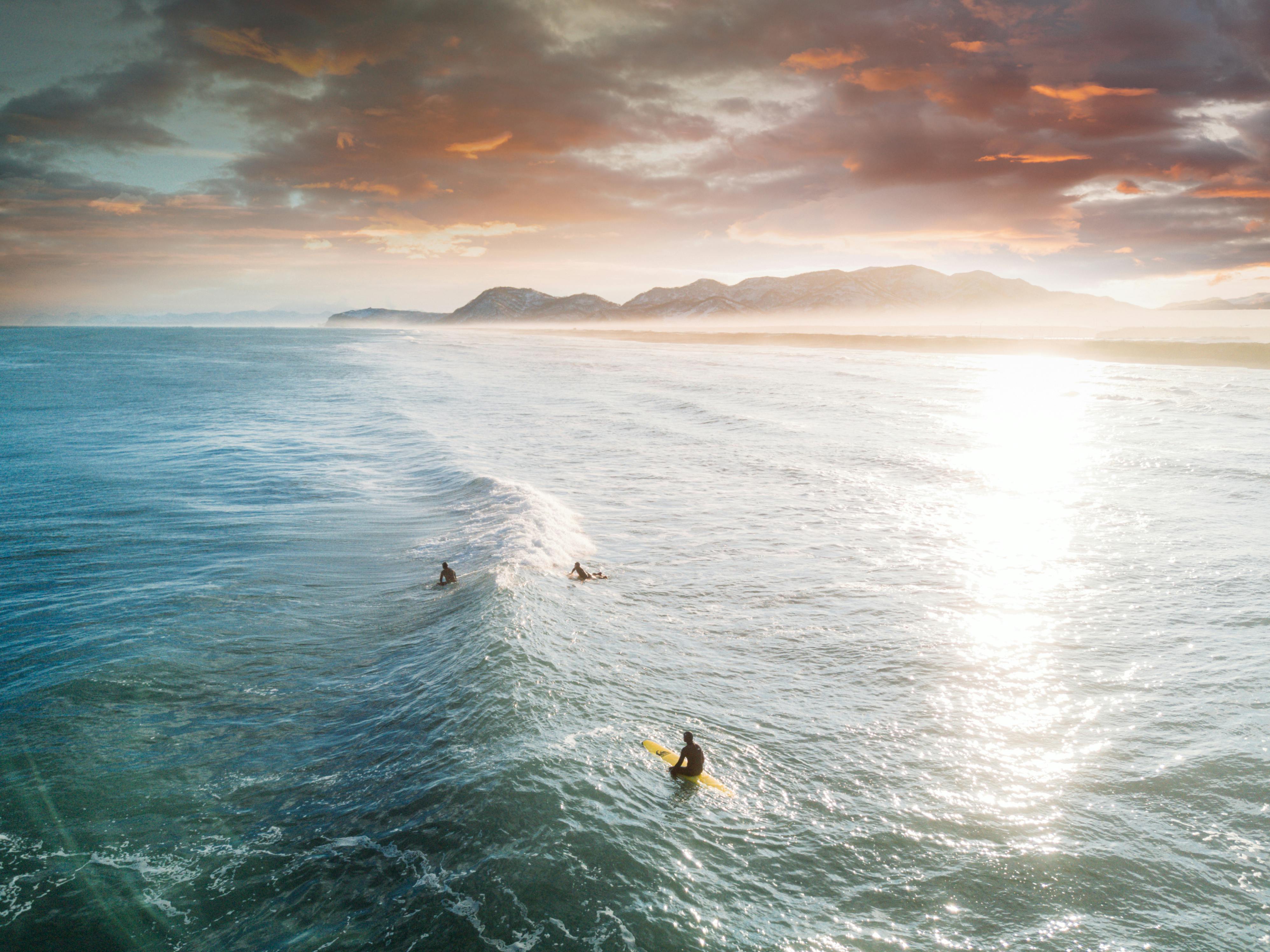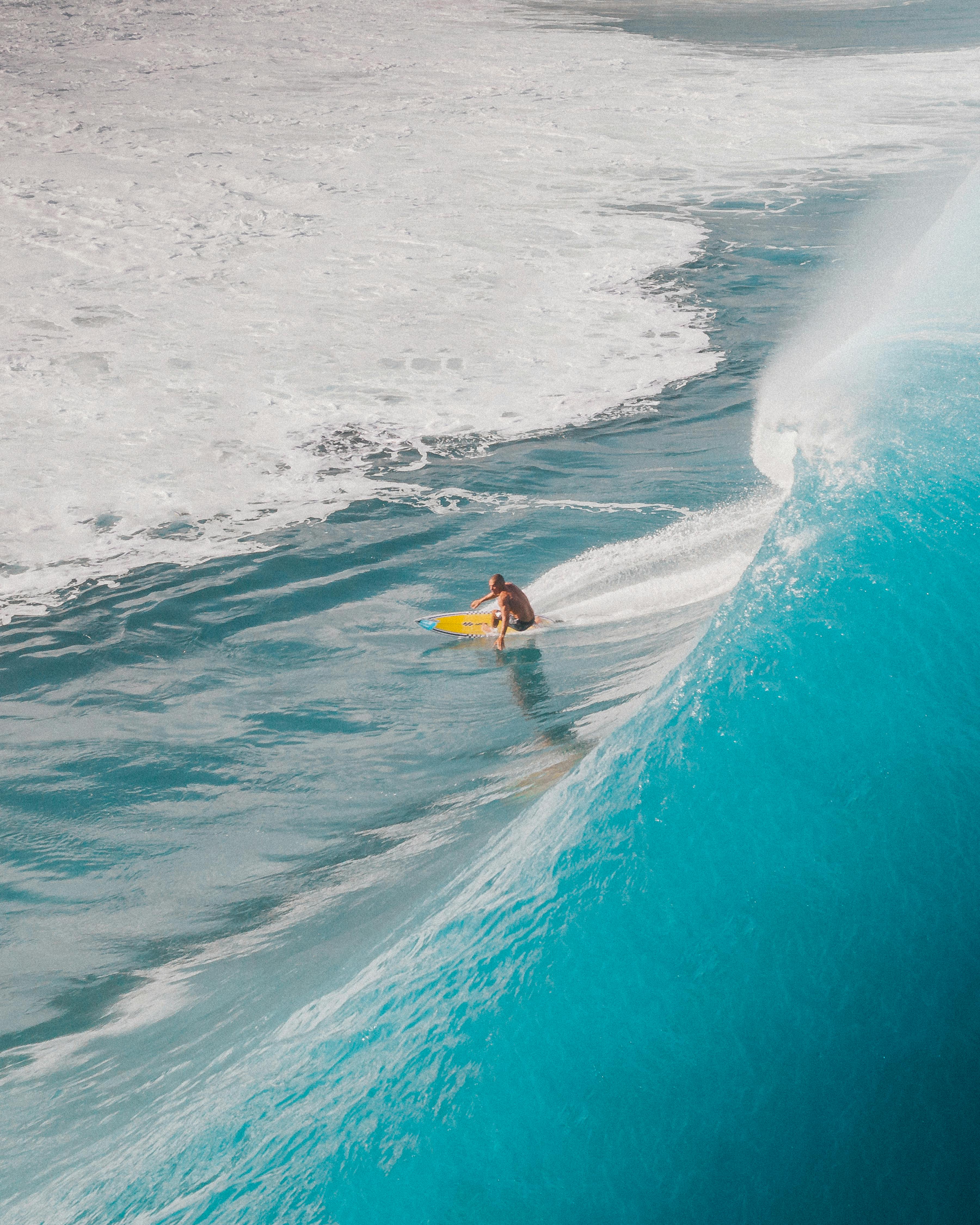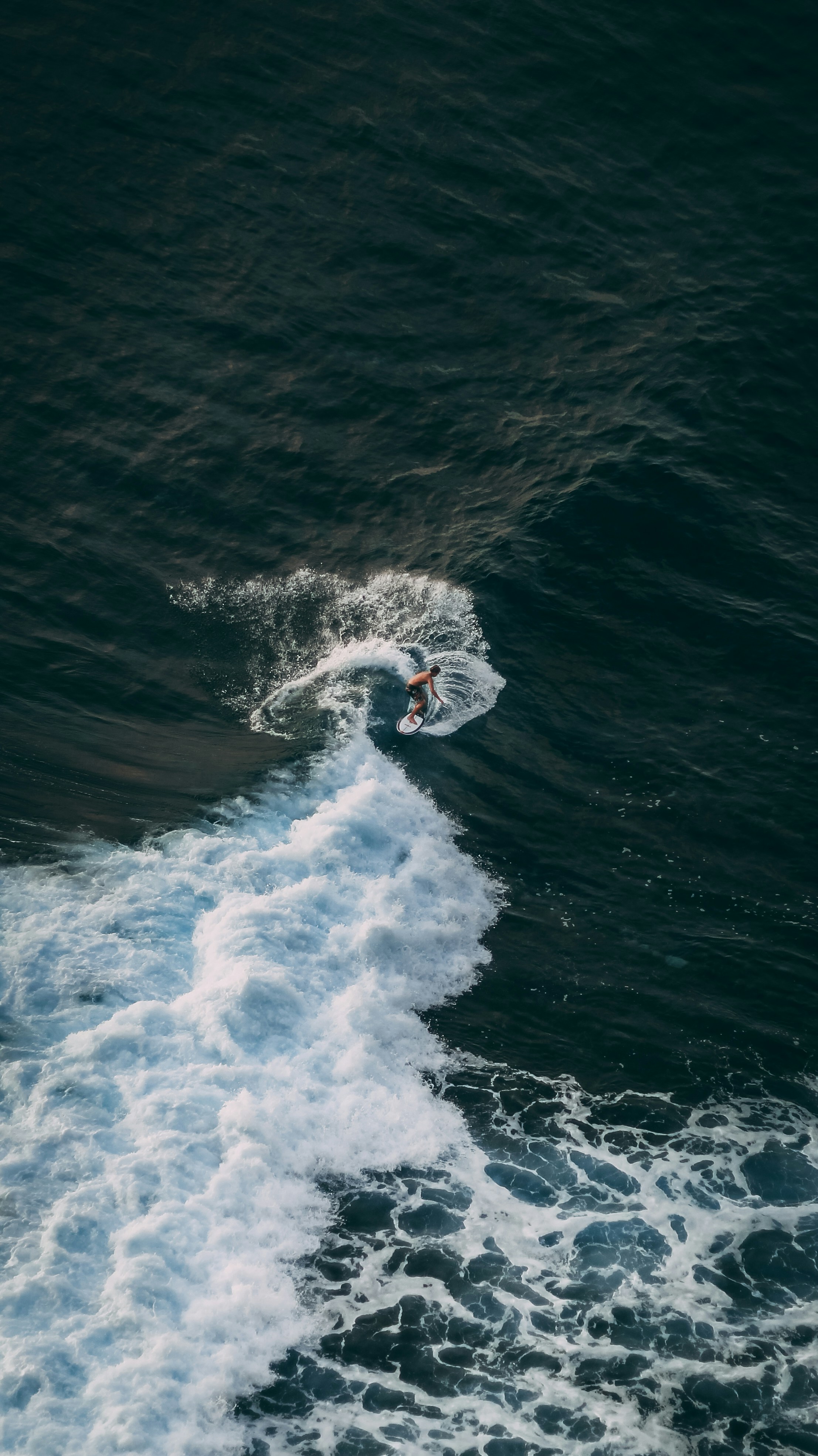It’s Not Strength – It’s Timing
Most surfers think they miss waves because they didn’t paddle hard enough. But here’s the truth: strong paddling helps, sure – but it’s only one piece of the puzzle.
If you’re not reading the wave shape correctly, positioning well, or timing your final strokes, you’ll miss waves no matter how fit you are. Let’s break down what really matters.
1. Find the Right Part of the Wave
Waves have stages. You want to catch them just before they break – when the slope is steep enough to lift you but not yet breaking. Paddle too early or too late and you’ll miss your shot.
2. Adapt to Conditions
Fast-breaking reef waves give you less margin for error. Onshore winds? Aim earlier. Offshore winds or high tide? You’ll need to wait longer. Every session needs adjustment.
3. Look Back – Always
You can’t judge the slope of the wave if you don’t look at it. Glance over your shoulder until the final few strokes to fine-tune your position and get real-time feedback for your future wave reading.
4. Use Your Head (Literally)
Your head position affects nose-to-tail balance. At the critical moment, drop your chin to lower the nose and help the board stick to the wave – it’s the fastest way to gain forward momentum.
5. Don’t Stop Paddling Too Soon
Even if you feel the wave start to lift you, most surfers need 2–3 extra strokes to fully commit and avoid stalling out. Arch your back after takeoff to avoid sliding to the flats.
How TRAX Helps You Catch More Waves
TRAX tracks your positioning, paddling cadence, and head movement during the takeoff phase – helping you understand why you missed a wave and how to fix it.
It shows whether you were too early, too far out on the shoulder, or stopped paddling too soon. With that data, you can stop guessing and start gliding.
Related Reading:
→ How to Duck Dive Like a Pro – Get past the break with less effort and more control.
→ 5 Reasons Your Surfing Isn’t Progressing – From paddling to positioning, here's what might be holding you back.








